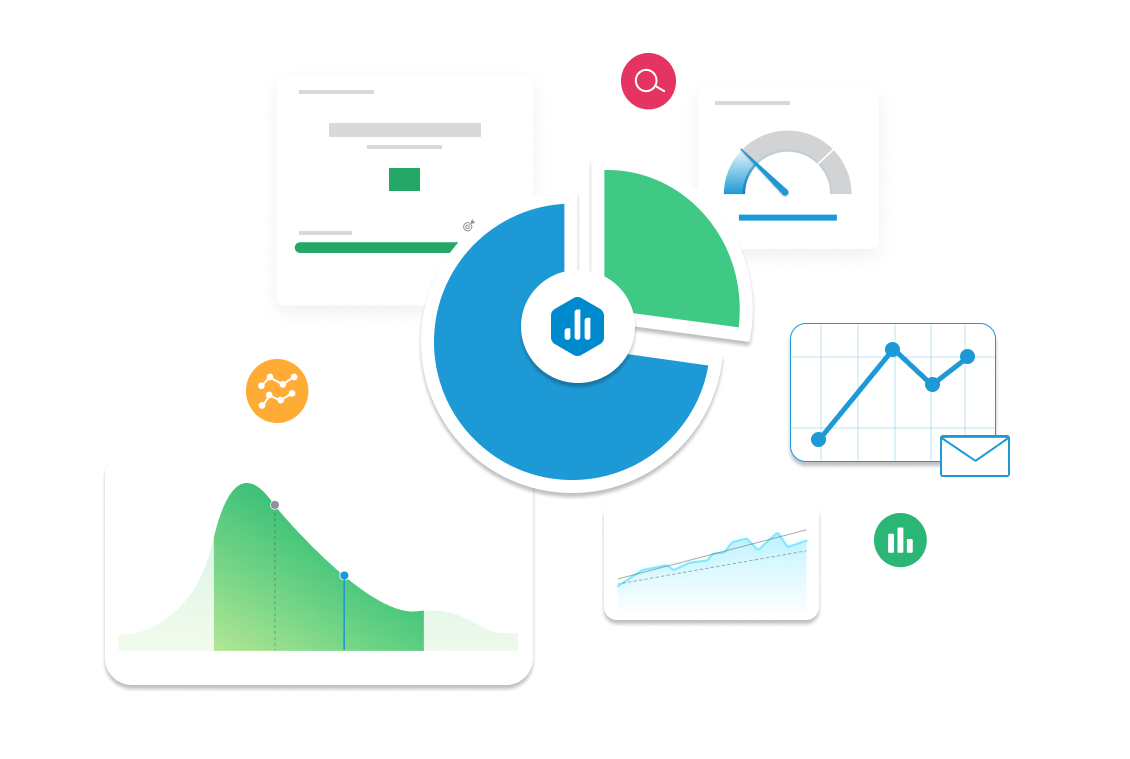Customer Satisfaction Score
Discover how Customer Satisfaction Score (CSAT) measures how satisfied customers are with your product, service, or support interaction. Learn how to track, analyze, and improve CSAT to increase customer retention and loyalty.

| Category |
Marketing |
|---|---|
| Type |
Lagging Indicator |
| Calculation |
CSAT (%) = (Number of Satisfied Responses (e.g., 4 or 5 stars) / Total Responses) × 100 |
| Measure |
Tracks customer satisfaction immediately after a support interaction, purchase, or product use, providing direct feedback on service performance. |
| Data Sources: |
Zendesk, HubSpot Service Hub, SurveyMonkey, Typeform, Intercom, Qualtrics, Google Forms, Salesforce, custom in-app surveys. |
| Frequency |
Tracked continuously and reported weekly or monthly to assess service quality and make improvements. |
Example target
Maintain CSAT above 90% in Q3 by improving response times, resolving issues on the first contact, and training support agents.
Example Reports Use Case
A Customer Support Manager tracks CSAT to monitor how well the team is handling tickets. If scores dip, they may review recent conversations, retrain agents, or revise help documentation.
What is Customer Satisfaction Score (CSAT)
Customer Satisfaction Score (CSAT) is a simple yet powerful metric that shows how happy your customers are with a specific experience like a purchase, support call, or product use. It’s often measured by asking customers a quick question such as, “How satisfied were you with your experience?” and letting them rate it on a scale (commonly 1 to 5 or 1 to 10).
CSAT helps businesses understand if they’re meeting customer expectations. A high score means your team is doing well, while a low score signals areas that need improvement. It’s especially useful for tracking service quality, product satisfaction, and customer loyalty over time.
The basic formula is:
CSAT = (Number of Satisfied Responses ÷ Total Responses) × 100
For example, if 80 out of 100 customers rate their experience as positive, your CSAT is 80%. This metric is a foundation for improving customer experience and long-term retention.
How to Calculate Customer Satisfaction Score (CSAT)
Customer Satisfaction Score (CSAT) is usually measured by asking customers to rate their experience (often on a scale from 1–5). To calculate CSAT, you count how many people gave you a positive rating (usually 4 or 5), divide that by the total number of responses, and multiply by 100 to get a percentage.
Basic formula:
CSAT = (Number of Satisfied Responses ÷ Total Responses) × 100
Example: If 80 out of 100 customers rate you 4 or 5, your CSAT is 80%.
Monthly or Yearly CSAT
Track CSAT by time period to spot trends. A monthly CSAT helps see short-term shifts, while yearly CSAT shows long-term performance.
CSAT by Channel
Break CSAT down by channel—like phone, email, or live chat to find where service shines or struggles.
Example: If chat has 90% CSAT and email has 70%, you know where to improve.
Why Customer Satisfaction Score (CSAT) Matters
Customer Satisfaction Score (CSAT) is a key indicator of how well your business is meeting customer expectations. It helps you quickly understand if people are happy with their experience—whether that’s a purchase, support interaction, or product use. High CSAT scores often lead to repeat business, positive reviews, and referrals, all of which drive growth and profitability.
Tracking CSAT regularly helps spot problems early. For example, if scores drop after a product update, it may signal bugs or usability issues. Or if one support channel scores lower than others, it shows where training or improvements are needed.
CSAT is valuable across the company. Customer service teams use it to improve support, marketers use it to refine messaging, and executives use it to guide strategy. Because it reflects real customer feedback, CSAT is a powerful tool for making better decisions, improving satisfaction, and building long-term loyalty.



